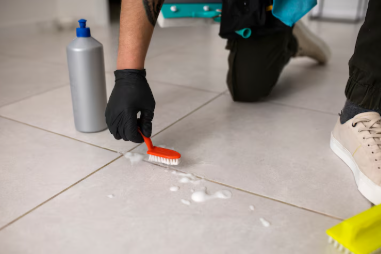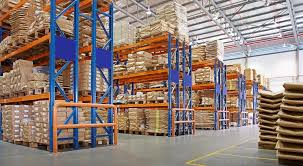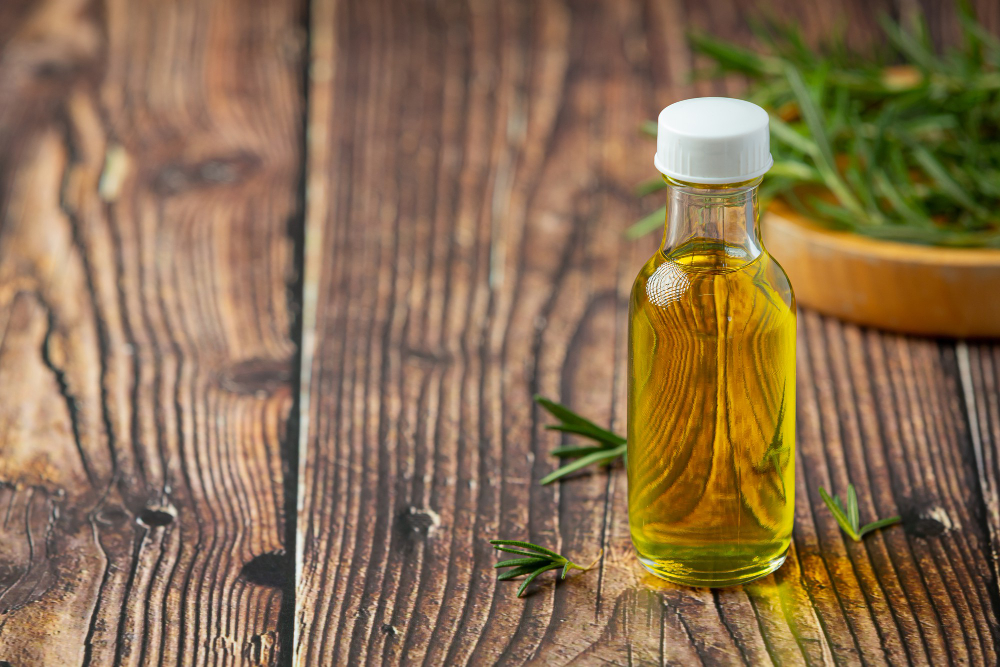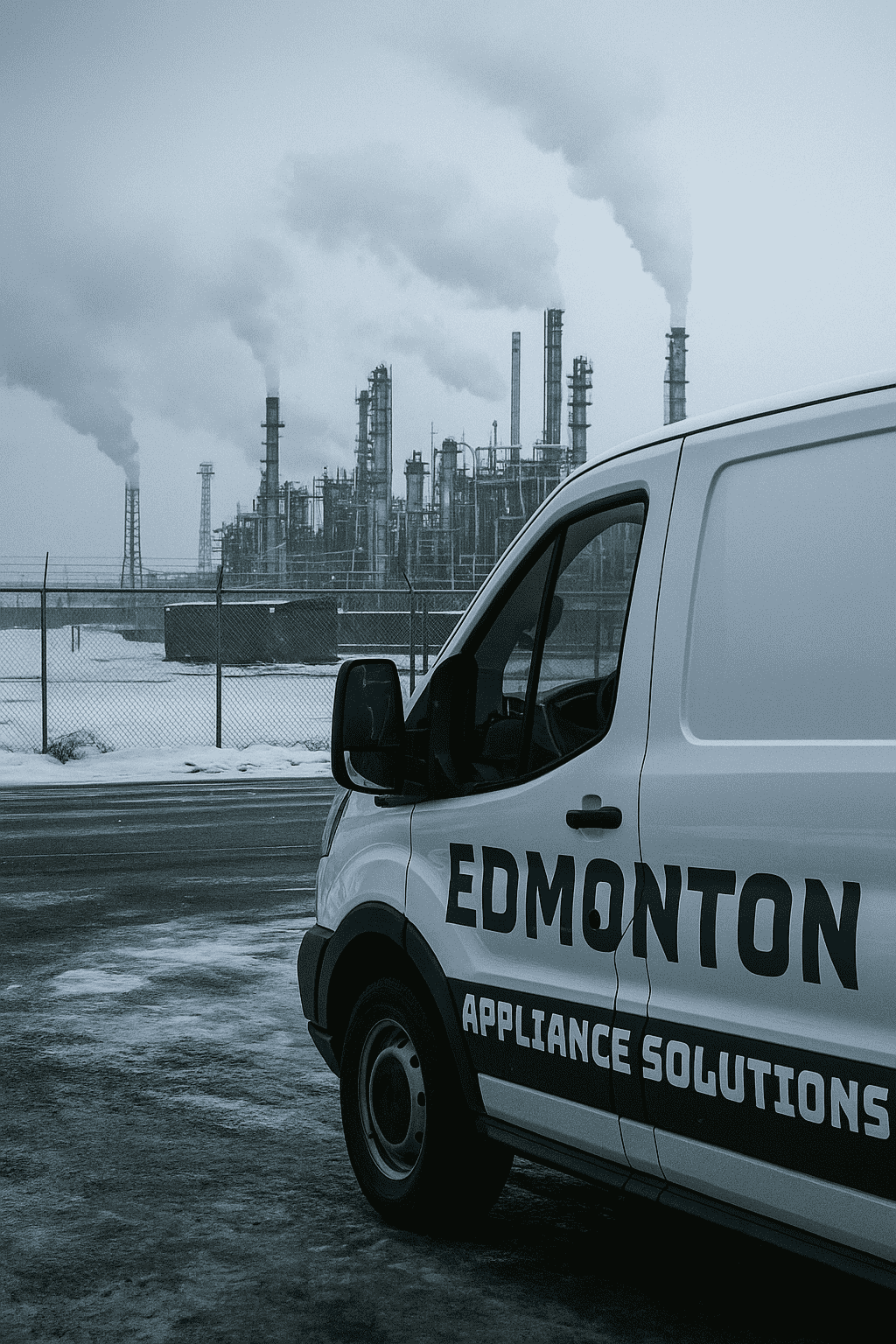In homes and public buildings across Malaysia, shiny floors signal cleanliness. But a glossy look does not always mean a clean surface. Hidden grime builds up in tile gaps and beneath the surface over time. Sweeping and mopping may miss what sinks deep. Floor tile polishing offers more than visual appeal. It reaches what daily cleaning cannot touch.
When done well, polishing removes grime that hides between lines, beneath stains, and inside tiny cracks. This helps create safer and healthier spaces — from family kitchens in Johor Bahru to hospital corridors in Kuala Lumpur.
The Hidden Side of Dirty Floors
Most dirt on tiles appears harmless. Footprints fade with a mop. Stains lift with soap. But some filth clings deeper. Dust settles in the grout. Oil hardens under the surface. Shoes carry soil indoors, trapping particles in fine lines across tiles.
In Malaysia’s humid weather, trapped dirt grows. Moisture helps mould and bacteria thrive. You may not see the grime, but you may feel it. Floors turn sticky, and rooms hold odd smells. People sneeze, cough, or slip more often.
Grime does not just stay still. It moves. Every step spreads fine dirt across rooms. Pets and toddlers crawl across the same paths. Floors become silent messengers of germs.
What Makes Floor Tile Polishing Different?
Polishing is not just a shine trick. It clears away what hides in plain sight. Machines scrub with power. Pads rotate across tiles, lifting debris from crevices. In the process, old layers of dirt vanish, revealing a smooth and hygienic base.
The job often starts with a deep clean. Technicians apply cleaners that soften grime. Next comes the polish — a mix of careful grinding and buffing. The result? Surfaces regain their natural finish. But the bigger win lies beneath the shine — in the clean, sealed surface that follows.
Malaysia’s Indoor Climate Adds Challenges
Malaysia’s warmth and moisture encourage dirt to cling. Sweat, spills, and wet feet leave marks that ordinary cleaning cannot remove. Polishing fights this by sealing tiles. The surface becomes less absorbent. Water beads. Bacteria struggle to grow.
In air-conditioned spaces, sealed tiles stay dry and dust-free longer. In humid rooms, such as bathrooms or hawker centre kitchens, polished floors resist the build-up of mould and mildew. Grime has fewer places to hide.
A Step-by-Step View of the Process
Understanding each stage of polishing shows how it removes grime better than daily cleaning. Each step adds strength to the next.
How Floor Tile Polishing Works:
|
Step |
Action Taken |
Hygiene Benefit |
|
Surface Cleaning |
Removes surface dirt and oil |
Prepares tiles for deeper work |
|
Grime Softening |
Applies cleaning agents to loosen buildup |
Lifts deep-set grime from cracks |
|
Machine Scrubbing |
Pads rotate across tiles |
Breaks up and removes trapped grime |
|
Polishing |
Smooths tile surface |
Makes it harder for grime to cling again |
|
Sealing |
Applies protective layer |
Blocks moisture and new dirt from seeping in |
Each stage works with the next to restore tile condition and guard against future grime.
Health Impacts of Clean Floors
Clean floors do more than please the eye. They affect the air people breathe and the safety of every step. Trapped dust releases particles that float indoors. These particles trigger allergies, asthma, and skin issues. Bacteria that grow in moist grout spread through touch and air.
Children crawl and play on these floors. Families eat near them. Elderly people walk across them, often barefoot. A polished floor reduces health risks for all.
In hospitals and schools, hygiene rules remain strict. Polished tiles meet these standards by making it easier to clean well — and keep surfaces free from grime between cleanings.
Long-Term Gains Beyond Cleanliness
When floors stay clean longer, people clean less often. That saves water, time, and effort. Tiles that resist grime also last longer. They crack less. They stainless. This keeps indoor spaces looking fresh without frequent repairs.
Polishing also brings slip resistance. A smooth, sealed surface does not mean a slippery one. It often grips better than worn tiles with hidden oil layers. The improved grip reduces falls in bathrooms, kitchens, and walkways.
Over time, polished floors support better habits. People notice the clean space and work to keep it that way.
Signs Your Tiles Need Polishing
Many wait too long before choosing to polish. Here are common signs that grime hides where you can’t reach:
- The floor stays dull even after mopping
- Grout lines look dark or feel sticky
- A sour or damp smell lingers in the room
- The floor feels rough to the touch
- Stains keep coming back even after scrubbing
When these signs appear, surface cleaning may no longer help. Polishing reaches the deeper layers.
Where Floor Tile Polishing Works Best?
Polishing suits many places. It works in homes, offices, restaurants, malls, and clinics. Some tiles, like granite or marble, polish beautifully. Others, like ceramic or porcelain, need careful handling. Professionals match the method to the material.
In Malaysia, common polishing sites include:
- Apartment living rooms and corridors
- Restaurant kitchens and dining floors
- Office lobbies and meeting rooms
- Hospital patient rooms and halls
- Mosque entryways and prayer spaces
Each space sees heavy foot traffic. Each one benefits from deeper cleanliness.
Differences Between Daily Cleaning and Polishing
Daily cleaning plays an important role. But it only reaches surface dirt. Mops often spread grime instead of removing it fully. Grout lines trap more dirt each day.
Polishing clears what cleaning misses. It also prepares the floor for future cleaning. Once sealed, tiles release dirt more easily. This keeps each cleaning more effective and fast.
The Role of Grout in Hygiene
Grout — the material between tiles — often holds the most dirt. It is soft, porous, and easily stained. Even clean tiles can look dirty when grout turns black or brown.
Polishing often includes grout treatment. Some methods clean grout deeply. Others reseal or replace it. Once clean, sealed grout resists stains and stays brighter longer.
Neglected grout does more than look bad. It traps bacteria and mould. These spread across tiles, weakening hygiene. Clear grout lines support cleaner spaces.
How Often Should Tiles Be Polished?
Not all tiles need polishing every year. The schedule depends on the use and material. Busy restaurants may polish every six months. Homes may wait two years.
Signs to polish again include:
- Loss of shine
- Trouble removing stains
- Slippery or sticky feel
- Increased allergies among residents
Routine checks help maintain hygiene. Floors that feel smooth and clean need less effort to stay that way.
Safety Precautions During the Process
Good polishing avoids harm. Professionals protect walls, furniture, and nearby carpets. They work in sections to reduce disruption. Some steps may require time to dry or cure.
Safe methods use low-odour agents. Staff wear protective shoes and gloves. The process stays quick and neat when done by trained teams.
After polishing, users should wait before walking on the floor. This helps the seal set well. The result stays firm and clean for months.
Final Thoughts
Floor tile polishing in Malaysia does more than shine up a space. It targets hidden grime that daily cleaning leaves behind. This grime may hide in grout, stick beneath tiles, or rest deep in surface cracks. Left alone, it affects health, comfort, and the lifespan of your floor.
Polishing breaks through these layers. It scrubs, smooths, and seals. This process helps maintain indoor hygiene in humid places like Kuala Lumpur, Penang, or Malacca. Clean floors lead to safer feet, clearer air, and better habits.
Homes, clinics, and cafes all benefit when grime no longer lingers. If your space smells damp, feels sticky, or looks tired, the answer may lie beneath your steps.
FAQ’s
1. Why is floor tile polishing important for indoor hygiene?
Polishing removes deeply embedded grime, bacteria, and stains that daily cleaning can’t reach. It restores smoothness, preventing dirt from sticking and creating a healthier, easier-to-clean indoor environment.
2. What’s the difference between regular mopping and polishing?
Mopping cleans surface-level dust and spills. Polishing goes deeper—it removes mineral buildup, bacteria, and dull layers that trap grime. This process improves both cleanliness and tile lifespan.
3. Can polishing help with allergies or asthma?
Yes. Tile polishing eliminates allergens like mould spores and dust trapped in cracks. It reduces indoor air pollution, supporting better breathing for those with asthma or sensitive respiratory conditions.
Visit: Maxmedia






